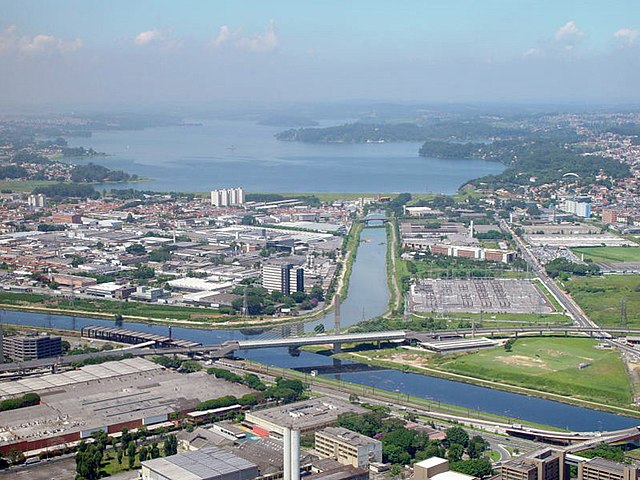Water management in the Metropolitan Region of São Paulo
Water management in the Metropolitan Region of São Paulo, Brazil faces several challenges, including pollution of drinking water reservoirs that are surrounded by slums, water scarcity leading to conflicts with the Campinas Metropolitan area to the north, inefficient water use, and flooding. The sprawling Metropolitan Region of São Paulo (MRSP) with close to 20 million people is the seventh most populous urban area in the world and the economic, financial and technical hub of Brazil. The main stakeholders in water management in MRSP are the state government, the state water and sanitation utility Sabesp and 39 municipal governments. A basin committee for the Alto Tietê basin, which covers the entire area of the MRSP and supplies half of its water, brings together all stakeholders. It has drawn up two master plans for the management of water resources in the basin. The first was approved in 2003 and focused on urban sprawl. The second was approved in 2009 and focused on water use conflicts.

Satellite picture of São Paulo showing the Billing and Guarapiranga reservoirs completed surrounded by built-up areas.
The Guarapiranga reservoir, which is exposed to pollution, supplies drinking water to nearly four million people.
Water supply and sanitation in Brazil
Access to at least basic water increased from 94% to 97% between 2000 and 2015; an increase in access to at least basic sanitation from 73% to 86% in the same period;
Favelas in Rio de Janeiro.
A water tower in Campinas, São Paulo.
Water treatment plant Barra da Tijuca, Rio de Janeiro
Headquarters of the Department of Water and Wastewater (DAE) of the municipality of Santa Bárbara d'Oeste, São Paulo.






